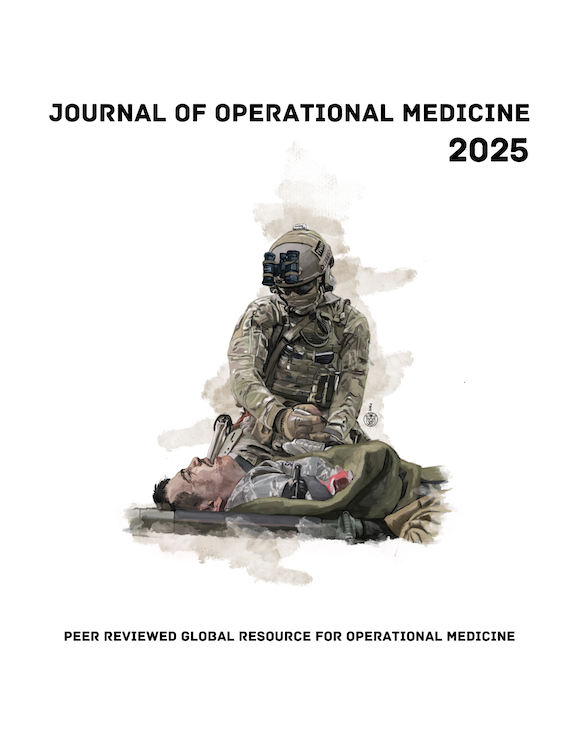Occupational Health Considerations of Airline Pilot Radiation Exposure
DOI:
https://doi.org/10.62573/46sb2748Keywords:
aviation safety, cosmic radiation, occupational healthAbstract
Airline pilots represent a distinct occupational cohort exposed to chronic low-dose ionizing radiation due to their routine operation at altitudes where terrestrial atmospheric shielding is diminished. This narrative review synthesizes current evidence concerning aviation-related radiation exposure sources, magnitude, and health implications. Primary exposure stems from galactic cosmic rays and solar particle events, with dose intensity modulated by operational factors such as altitude, latitude, and the solar cycle. Epidemiological data and mechanistic studies suggest elevated risks for certain malignancies, notably melanoma, and hematologic cancers, as well as increased incidences of cataract formation, adverse reproductive outcomes, and possible cardiovascular sequelae. Distinguishing radiation-induced risks from confounding factors, including circadian disruption and chemical exposures within the aircraft cabin environment, remains challenging. Proactive mitigation strategies involve strategic route selection, altitude management, and optimized flight scheduling to reduce cumulative exposure. Robust dose monitoring using computational tools integrated with flight operations and longitudinal health surveillance programs are critical for early detection of radiation-related pathologies. Collaborative research initiatives are essential for refining risk models, informing policy evolution, and enhancing radiological protection measures. As the aviation sector anticipates ultra-long-haul flights, higher cruising altitudes, and commercial suborbital travel, addressing these complex occupational health challenges is imperative.
Downloads
Published
Issue
Section
License
Copyright (c) 2025 Jaime Phillips (Author)

This work is licensed under a Creative Commons Attribution-NonCommercial 4.0 International License.
Authors retain copyright and grant the journal right of first publication with the work simultaneously licensed under a Creative Commons Attribution (CC BY-NC) 4.0 License that allows others to share the work with an acknowledgment of the work’s authorship and initial publication in this journal.
